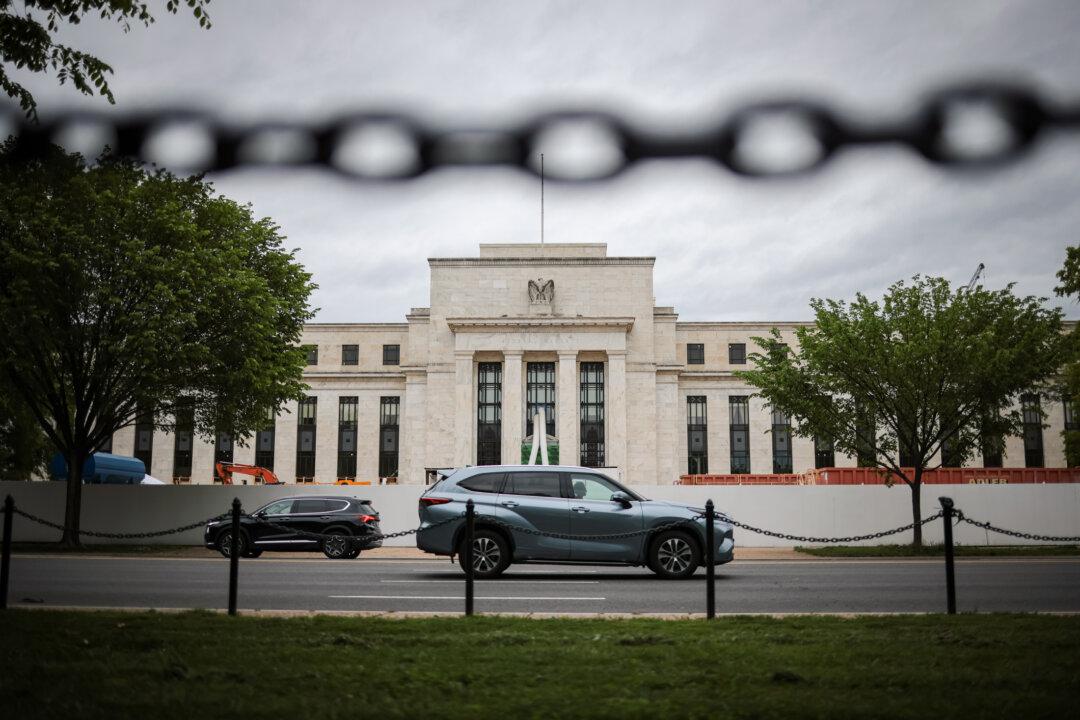Commentary
The persistent inflation poses difficulties for both policymakers and researchers. However, this is not anything new, and it has already been well-documented since the era of John Maynard Keynes in the 1930s. I quickly ran a few regression analyses using a full sample of U.S. core CPI inflation (excluding food and energy) data and found various forms of autoregressive (AR) models resulting in quite long statistically significant lags. In one version, the 4th to 12th lag terms were all significant, suggesting inflation persistence could last for almost a year.





